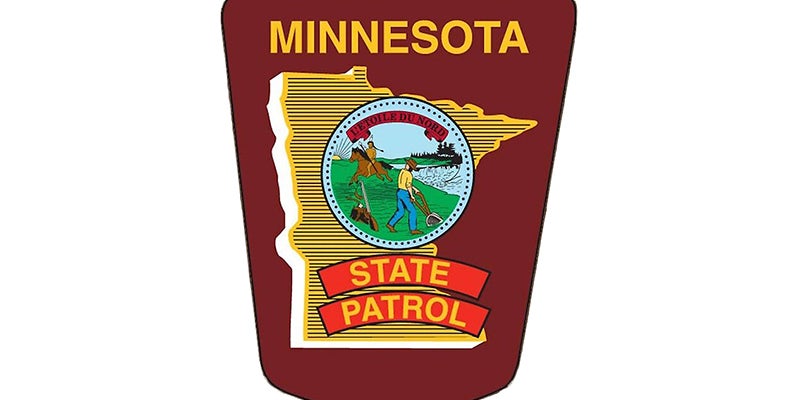Recognize anger in body signals
Published 6:18 pm Saturday, May 17, 2014
QUESTION: I know I can’t stop experiencing anger in my life. How do I learn to respond to my angry feelings so I can keep relating to my kids and relatives in a healthy way?
ANSWER: One of the first steps in dealing constructively with anger is recognizing non-verbal communication in ourself and others. Our body talks and we respond, but often unintentionally. An important goal is to become alert in reading body signals, our own and others.
Anger often first signals itself through tenseness: tense muscles, an abrupt response, squinting eyes, a clenched jaw, a dry mouth, a headache, a stiff neck or shoulders.
Anger automatically triggers either a flight or fight reaction. Flight can either be a physical withdrawal from the situation or an emotional coldness. Fight is volatile words or behavior. Neither flight nor fight is productive in problem-solving.
If we want to control our anger and become respondents rather than reactors to challenging situations, there are helpful behaviors to learn:
•Talk more slowly. (It is difficult to yell slowly.)
•Breathe longer and more deeply. (A good supply of oxygen helps us think more clearly.)
•Get yourself a drink of water. (Getting the drink of water interrupts negative words and actions, gives us time to think and literally helps us cool off.)
•If you are standing, sit down. (Sitting down signals that we plan to stay, but not attack.)
•If you are sitting down, lean back. (When we’re loud, learning forward is part of a fighting posture.)
•Keep your hands at your side. (Shaking fists and waving arms speed up circulation and the flow of adrenaline. We won’t shake or strike things or people if our hands are not waving in the air.)
•Give yourself a wink. (Close your eyes for less than a minute and shut out the pressure.)
Remember that what we do, physically, with our body signals our intentions to our own mind and the minds of others. Are we going to run away, fight or problem-solve? Getting physically ready to problem-solve is a great skill to learn ourselves and to teach our kids. It is also a fact that more teaching is done through role-modeling than direct instruction.
If you would like to talk with a parenting specialist about the challenges in child raising, call the toll-free Parent WarmLine at 1-888-584-2204/Línea de Apoyo at 877-434-9528. For free emergency child care call Crisis Nursery at 1-877-434-9599. Check out www.familiesandcommunities.org




